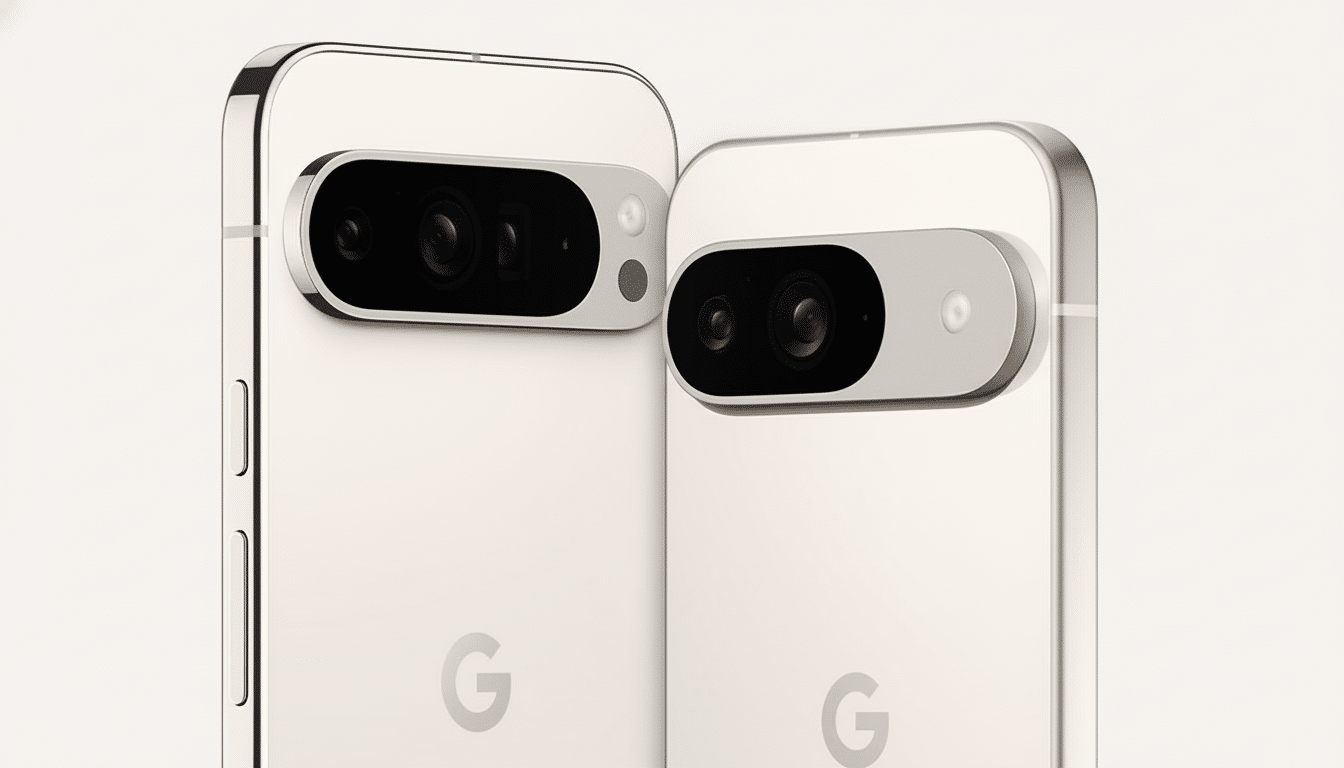Google is calling out to a tiny army of Pixel Superfans to help design new hardware, bringing in just 15 community members into its Trusted Tester program. The company is looking for specific early feedback which would help inform decisions regarding the design of future devices, up to and including the next-generation flagship series, Bloomberg reported.
Inside the Trusted Tester Push for Pixel Hardware Design
The Trusted Tester program is Google’s age-old pipeline for discreet pre-release feedback. Participants sign nondisclosure agreements, take part in organized sessions and offer extensive feedback on prototypes or near-final builds. For Pixel, that often includes hands-on testing with devices, guided surveys and usability studies in lab settings focused on ergonomics, camera use, thermal performance and the hand feel of the device.

This outreach is particularly exclusive: just 15 Superfans are being tapped. A smaller group reduces noise and makes feedback more actionable for engineers and product managers. It also cuts down on the risk of leaks. In such a small unit, it would have been easy to trace any unauthorized leak quickly and so there was a good check on that.
It’s not the first time Google has leaned on its enthusiast base. Before this, the company was looking for a bigger crowd of about two dozen Superfans to do a hands-on session around the Pixel 10 cycle. The gathering was postponed and eventually held after launch, softening the “early influence” ambition. The new Trusted Tester initiative seems to be an effort to make it more spartan and managed on multiple fronts.
Why Superfans Are Critical To Hardware Design
Superfans are more than merely loyal customers; they are high-signal users who drive devices to their outer limits. They see the small stuff: a ridge on a camera bar that catches your pocket seams, micro-latency in a shutter press, how haptics feel as notifications stack. Their response is detail-rich and based on the long-term understanding of the brand, so design trade-offs may arise sooner than through market-wide testing.
User-centered design gurus such as the Nielsen Norman Group have long argued that early and iterative testing drives down costly rework near the end of development. Already, Google conducts a lot of internal and lab-based research to make sure the experience works as it’s supposed to do, with the invite-only Superfans supplementing that with a perspective from real-world power users who live with Pixel phones day-in-day-out and can explain where exactly an experience delights or falls down.

What This Could Mean for the Next Pixel Lineup
It has not named products, but the timing means that feedback could help to shape the roadmap for the next wave of Pixel hardware. That could be material choices, durability coatings, button layout, camera module integration — all the way to antenna tuning and thermal dissipation scenarios that end up affecting battery life or performance under sustained loads.
With a foldable now in the mix alongside the Pixel 10 Pro Fold, testers might also touch on hinge tension, crease visibility and outer-display ergonomics as well. Don’t expect much in the way of public leaks: A nondisclosure agreement is par for the course and a group this small should provide confidentiality while still delivering some actionable insight.
How This Compares To Other Community Programs
Google is following broader industry trends. Enthusiast and expert feedback are filtered through groups like Microsoft’s Windows Insider Program, OnePlus’s Open Ears Forum, which solicits early adopter thought on feature design, and Apple’s controlled pro workflows labs. The distinction here is that the focus was physical hardware, amid extreme secrecy as opposed to just software betas. Google has run Trusted Tester programs with services like Gmail and Maps, but applying the model to hardware (rather than software) helps close the loop between design teams and die-hard fans.
A Highly Selective Invitation for Pixel Superfans
Access remains scarce. The program is closed to media professionals, and the limited size of each class means most Superfans won’t be able to land a spot. Those who do may also be in for a regimen: a quick screener, tailored prompts, and sessions that explore specific design hypotheses rather than vague wish lists. It’s a practical means to validate otherwise risky decisions and to lift the small things that can make a device feel premium.
The bottom line is straightforward: Google wants its most dedicated customers in the room while hardware decisions are still pliable. Whether the result subtly shapes the next Pixel or just reaffirms the current course, Google is betting that fewer voices selected carefully can better call design shots and make a better phone for your pocket.

